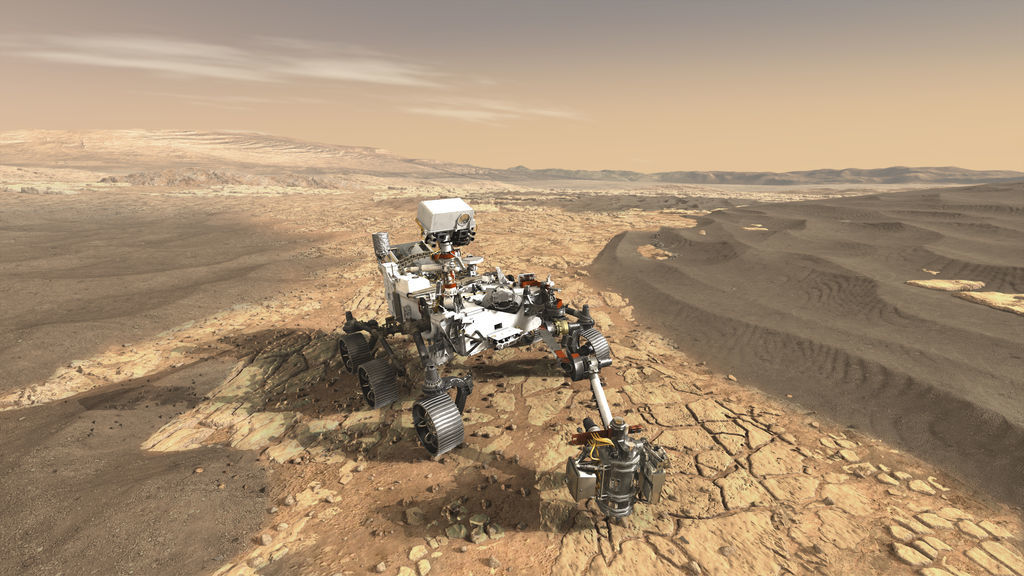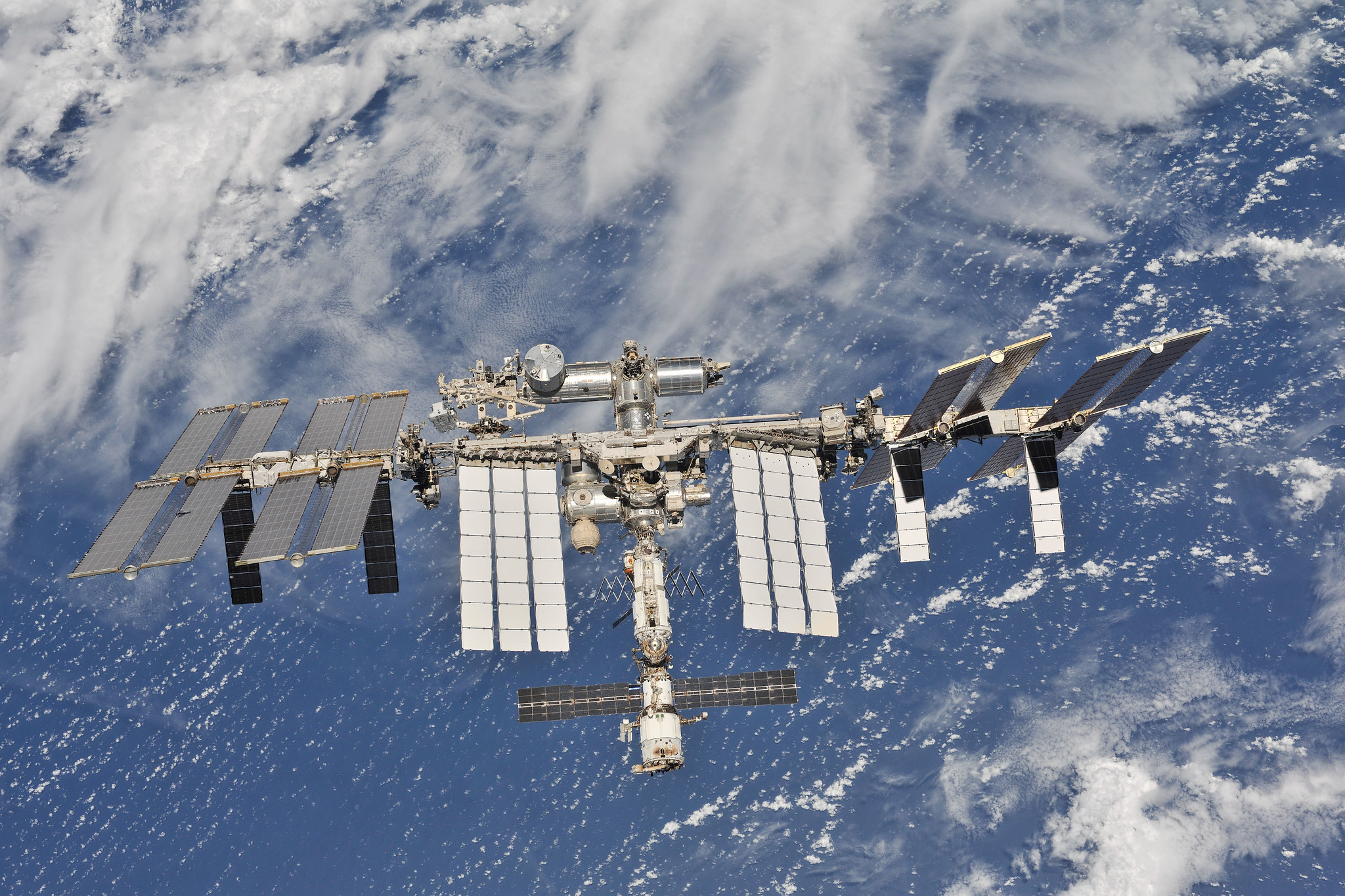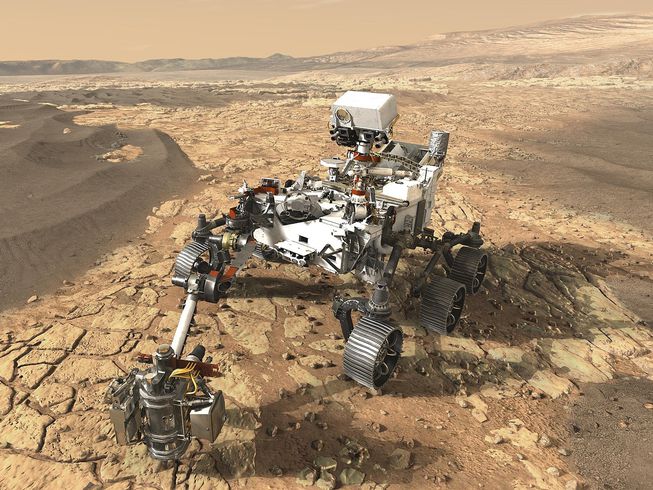The US space agency NASA is all set to send a rover to Mars this summer. Over the years, the agency has sent four robotic vehicles to the Red Planet. They are Sojourner, Spirit and Opportunity, and Curiosity. The Mars 2020 rover will be the fifth rover that will search for the signs of life on the planet. The rover will land on the Red Planet’s surface in February 2021. It will carry the latest scientific and engineering tools to collect samples of the Martian surface. The tubes carrying Martian soil and rocks will be returned to Earth on a future mission. The mission will be called Mars Sample Return (MSR) Program. NASA is now searching for a person to lead the mission to bring samples from Mars to Earth.
In its job opening for the Director of MSR, NASA said that the person will be accountable from beginning with mission formulation, design, development, launch, and operations. This means he will be responsible for the implementation of all Mars sample return activities. NASA will give an annual salary of up to USD 188,066 to the selected person. The MRS Program will use robotic systems and an ascent rocket. The rocket will send samples of Martian rocks, soil, and atmosphere. According to NASA, three launches will be required to accomplish landing, collecting, storing and finding samples and sending back on Earth. The European Space Agency (ESA) is working in association with NASA for the campaign which will run between 2020 and 2030.
NASA will send the Sample Return Lander mission to land a platform near the Mars 2020 site. From this site, a small ESA rover will move out to retrieve the cached samples. After collecting samples, it will return to the lander platform and load into a single container on the Mars Ascent Vehicle (MAV). The MAV will then perform the first liftoff from the Red Planet. It will carry the basketball-size sample container into Mars orbit. The ESA’s Earth Return Orbiter will then capture the container orbiting Mars. The spacecraft will then return to Earth carrying the samples.


